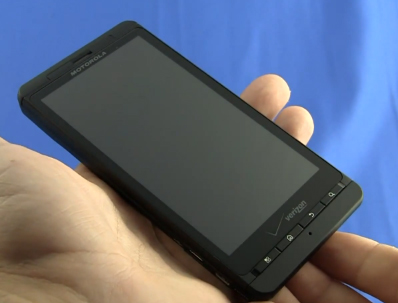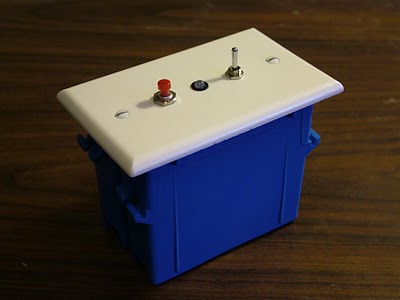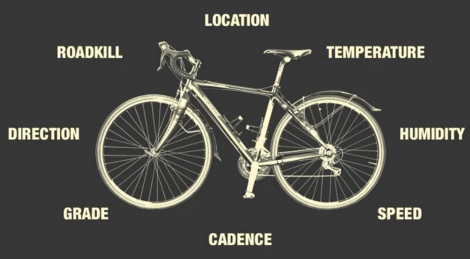When TI released their Launchpad development board at the end of June it generated a lot of Buzz. Here’s a package that delivered a programmer, debugger, two microcontrollers, and some accessories for less than five bucks (including shipping). They even provided a choice of two software suites but only for users running Windows who don’t mind proprietary software. If you’re looking to go another way you should consider trying out the open source alternative MSPGCC. After the break we’ll take a look at getting the tool-chain up and running in a Linux environment.
Day: August 11, 2010
DroidX Gets A Custom Recovery Image

[Birdman] has managed to push a custom recovery image to the DroidX. This previously impossible action opens the doors to all kinds of fun hacking. While you can’t just drop a custom Rom on the phone right now, this is the first step in making that happen. You can find the directions in the post, but they’ve got a while to go before they become as easy as something like a jailbreak.
[via phandroid]
MSP430 Based Single LED Clock

[Kenneth Finnegan’s] latest clock makes use of the TI Launchpad for programming and debugging MSP430 microprocessors. We took a look at the Launchpad when it was released and we’re glad to see some hacks resulting from availability of that tool. The clock reads out the time using a bi-color LED. Press the button and a series of flashes will tell you the time. A three-position toggle switch is used along with the push button for setting the time. The protocol he developed is outlined in his demo video after the break.
We like [Kenneth’s] use of a plastic electrical box as a project box. They’re cheap and you can find them everywhere in many different sizes. He mentions the difficulty in drilling through the faceplate. We’ve had our share of shattered plastic trying to drill holes in the darn things. If you’ve got some tips on faceplate-modification we’d love to hear them.
This clock is sure the polar opposite from the TTL clock that [Kenneth] showed us back in March, trading jumper wires for lines of code. We’re going to give this one a try, hopefully fixing the button debounce along the way.
Snapping Pics At The Right Moment With A Pressure Plate

[BiOzZ] built a pressure sensitive camera accessory to snap pictures at just the right moment. Before turning out all the lights the camera is set up with a twenty-second timer and a three-second exposure. The pressure plate doesn’t take the photo, but fires the flash to catch an image in the middle of the action.
The hack uses a piece of acrylic as the base of the pressure plate. A switch is constructed by placing aluminum tape on the base, and attaching a thin metal strip that is bent to add just a bit of spring. When an object is place on the plate the thin metal contacts the aluminum tape completing the circuit, a change in the weight breaks it. A simple circuit connects to this, using a relay to actuate the flash from a disposable camera. This is perfect for documenting the moment when you exercise that fruit-induced rage that has been consuming you lately.
Road Tour On A Bike With An Attitude

This is Precious. Precious is a bike that the folks over at BreakfastNY have anthropomorphised for a good cause. By adding sensors for a variety of data sources to the bike, and transmitting them back to a server via a cellular module, Precious can spit out cheeky comments about the ride on its Twitter feed. Right now Precious is on his way across the country powered by his rider, Janeen, to raise money and awareness for cancer research. You can track the progress, enjoying some attractive web design and reading the oft-beligerant comments from the bike, at yesiamprecious.com.
Although there’s no specifics about the hardware, we saw the typical project box during the teaser video. Inside you’re sure to find the usual suspects. Considering that speed, cadence, grade, temperature, humidity, and GPS data are all available on high-end bike computers we hope they found a way to just read in that data. But your guess is as good as ours; start speculating in the comments.










